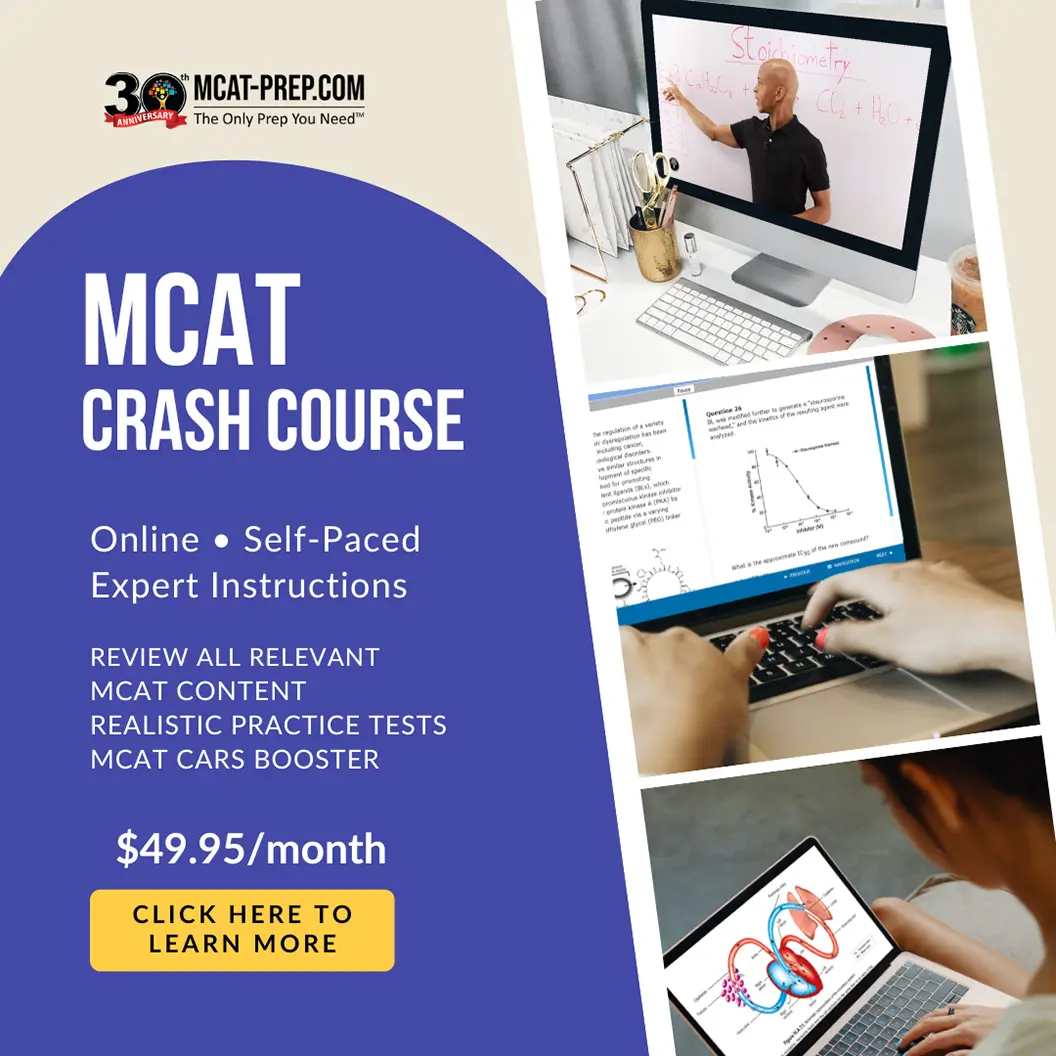Clinical Shadowing & Medical School: Why You Need It and Where You Can Find It
Clinical Shadowing and Medical School: Why You Need It and Where You Can Find It
- April 28, 2023
Strong GPA...check. Good MCAT score...check. Volunteer hours...check! Pre-med students often believe all they need to be competitive for acceptance to medical school is a strong GPA, good MCAT score, and volunteer hours. However, clinical shadowing gives applicants an edge that many admissions offices require or at least consider when selecting applicants to interview.
What is clinical shadowing?
Just to be clear, clinical shadowing involves following a physician for a designated period of time as she sees patients, documents those patient encounters, interacts with other members of the healthcare team, and in some cases, performs surgical procedures. Shadowing activities will vary depending on the physician's specialty, her availability, the medical facility's policies, and patient preferences.
For instance, a family physician will likely see more patients over the course of a day than an anesthesiologist; or, an orthopedist may have more time to take on one or two shadowing pre-meds than a cardiologist. Overall, you should always keep in mind that clinical shadowing is a privilege extended by physicians, hospital administration, and patients alike that can be revoked at any time.
What can I expect while shadowing?
As a 'shadow', you will mainly observe what the physician does and how he interacts with patients. Yet, there will be opportunities for you to engage with patients such as when the physician introduces you or if the patient asks you any questions directly about your education or medical interests.
Dress professionally every time you shadow and bring a notebook to record what you have learned or questions you would like to ask the physician. Just make sure not to take notes in front of the patient. Instead, remain present and show interest through your body language in the doctor-patient interactions (i.e. lean forward, do not cross your arms, avoid tapping your feet or fingertips even if you are nervous).
Again, understand that each patient has the right to refuse you being in the room with the doctor. Should that happen, remain gracious and humbly wait wherever the physician directs you. Be prepared to verbally agree not to disclose patients' private medical information, though you may be asked to sign a document as well. Finally, keep your cell phone silenced and out of sight or just leave it in your car or at home.
Where can I find shadowing opportunities?
Word of mouth is often the best tool for securing a clinical shadowing opportunity. Exhaust your personal networks first -- family and friends, your primary care provider -- and then branch out to more public groups. These may include the alumni network or pre-med student organization for your university.
You can also utilize the physician search function for professional organizations like the American Osteopathic Association, American Psychiatric Association, or American College of Physicians. Some physicians and pre-med organizations have even launched virtual shadowing experiences you can access online.
Prepare an email template with your name, year in school, interests in medicine, and desire to shadow a physician. Send that email to physicians of your choosing (individually, not as a group) and wait to hear back. After two weeks, send out a new batch of emails to physicians you did not contact before along with follow-up emails to any physicians who did not reply the first time.
Final Thoughts
Many applicants feel obligated to obtain a certain number of clinical shadowing hours. Yet, similar to volunteering, it is the quality of your shadowing experience that matters most. Shadowing one or two doctors multiple times can be just as effective as shadowing five doctors only once. Especially if one of those doctors provides a letter of recommendation for your applications.
So, enjoy your shadowing and learn as much as possible without a self-imposed quota of hours on your mind. You may be surprised how much a conversation with a patient or mentoring physician will influence your future medical education and career.




